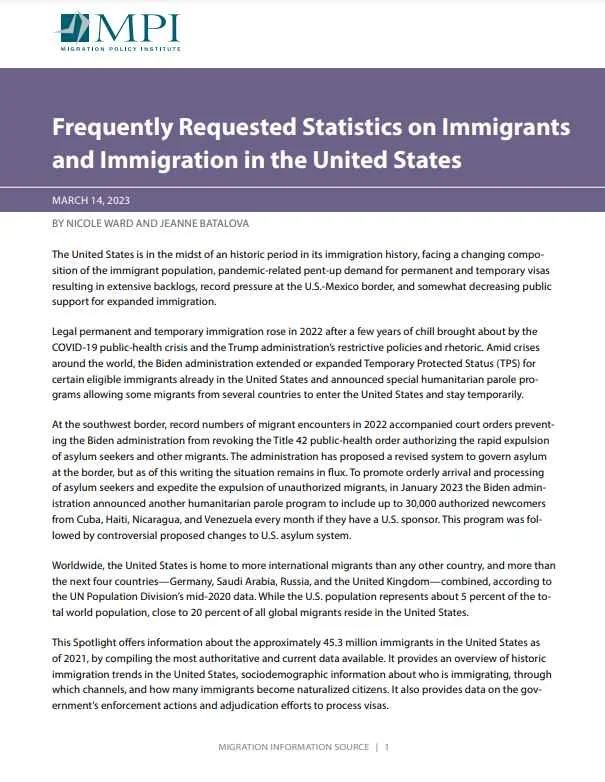By Daniel E. Martínez, Sam Chambers, Geoff Boyce and Jeremy Slack
Immigration at the US-México border has drastically changed since the mid-2010s. Instead of adult undocumented Mexican men, generally migrating for economic purposes, there are now large numbers of men, women, unaccompanied minors, and families from diverse countries seeking asylum in the United States, as they are allowed to do under US and international law. In response to these changes, the US federal government leveraged multiple strategies to impede access to the country’s asylum system, including relying on Title 42 “expulsions.” Title 42, a COVID-19-era health measure, prevented migrants from initiating an asylum claim. Instead, asylum-seekers were typically immediately expelled to the closest port of entry in México. The use of public health as a pretext to control the border placed these migrants at risk and led many to attempt repeat border crossings. Given this policy context, we ask: what, if any, is the association between Title 42 expulsions and migrant deaths in southern Arizona? We address this question by drawing on records of recovered undocumented border crosser (UBC) remains investigated by the Pima County Office of the Medical Examiner (PCOME) in Tucson, Arizona. We examined differences in the number and demographic characteristics of UBC remains recovered between what prior studies have characterized as the “Localized Funnel Effect” Era of border enforcement in southern Arizona (i.e., October 1, 2013–March 19, 2020; N = 851), and the “Title 42” Era (i.e., March 20, 2021–September 30, 2023; N = 709). We also assessed how, if at all, the geography of recovered UBC remains shifted between these eras. We found that migrant deaths rose from an annual mean of 133 during the Localized Funnel Effect (LFE) Era to 198 in the Title 42 (T42) Era, representing a 48 percent increase. Compared to the earlier era, remains recovered during the T42 Era clustered closer to the border and near the cities of Nogales and Agua Prieta, Sonora, having shifted from west to east in southern Arizona. Additionally, we found that Title 42 disproportionately affected Mexican and Guatemalan nationals both in terms of expulsions as well as deaths. We propose several policy recommendations based on our study’s findings intended to reduce unnecessary suffering and increase human security:
• The US federal government should not impede or limit migrants’ access to the asylum system. Policymakers should instead create clear pathways and procedures that obviate the need for migrants to undertake dangerous journeys and overcome barriers to fair consideration of their claims.
• The US government must expand its ability to address these claims, as continued attempts to block asylum seekers will result in additional loss of life and increased violence. It should increase its capacity to screen asylum seekers at the US-México border. We propose an increase in USCIS Asylum Officers to carry out this duty. US Customs and Border Protection agents should not screen asylum seekers, nor should they assume the responsibility of serving as asylum officers, given the agency’s extensively documented record of persistently dehumanizing and mistreating migrants.
• The US federal government must take measures to eliminate the backlog of asylum cases in the immigration courts. These measures need to include reforms in the underlying immigration system and in the removal adjudication system, such as greater access to legal counsel and changes to the law that offer legal pathways to imperiled migrants who do not meet the narrow definition of asylum. Absent these reforms, the asylum case backlog will grow, and many asylum seekers with strong claims to remain will be removed after living for years in the United States.
Journal on Migration and Human SecurityVolume 12, Issue 3, September 2024, Pages 182-203

















